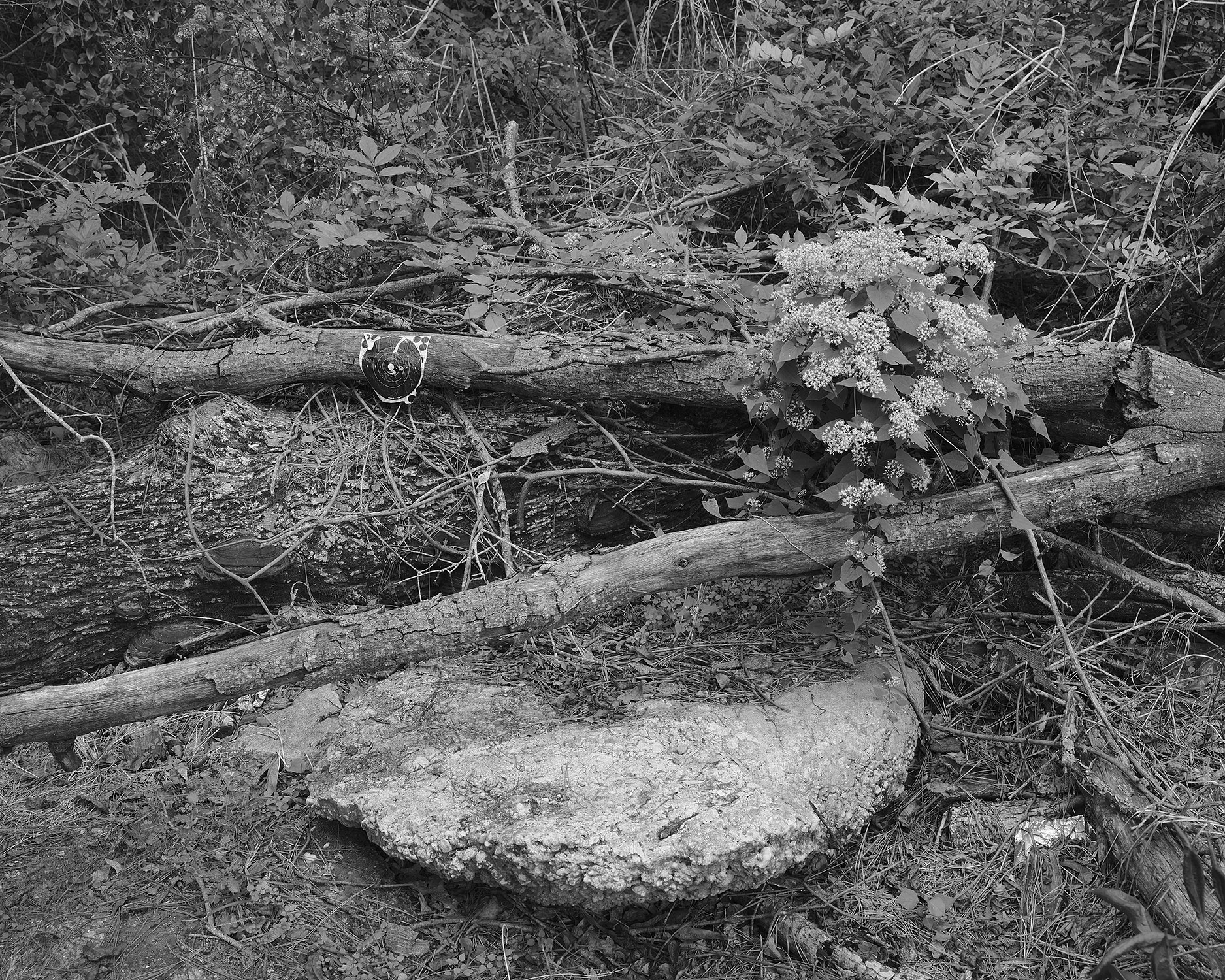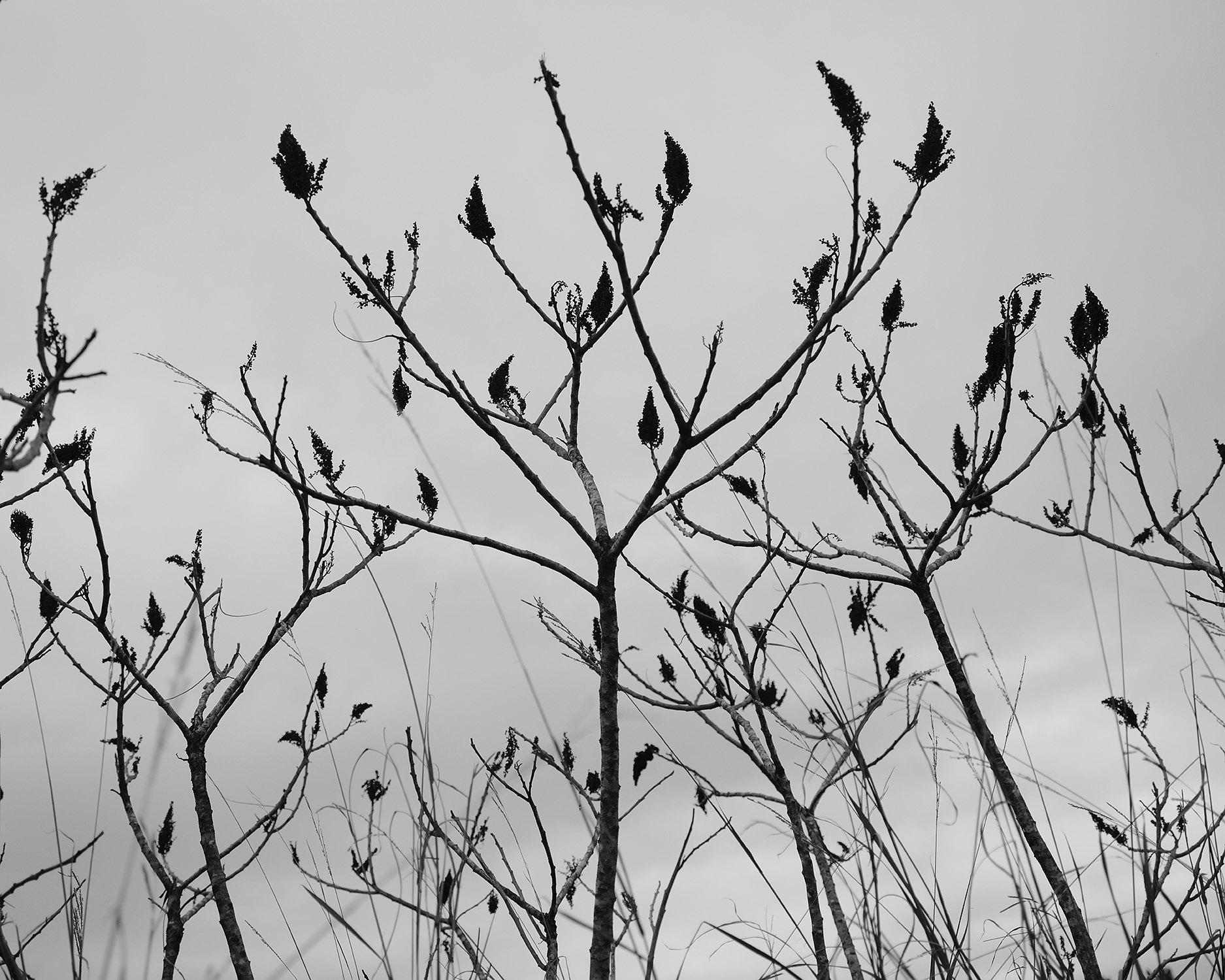10.20.20 – HAYNEVILLE / LETOHATCHEE / LOWNDESBORO




Image 1 - Hayneville, Ala. (target): Beside the former location of Cash’s Store, Hayneville, Lowndes County, Ala., where in 1965 Civil Rights activist and seminarian Jonathan Myrick Daniels was shot to death by Tom Coleman, an Alabama state employee. Daniels, who was from New England, a graduate of the Virginia Military Institute, and a student at Episcopal Theological School, had come to Alabama after Dr. Martin Luther King Jr.’s call for clergy to join the Selma to Montgomery march. Daniels remained in Selma after the march, where he assisted at a health clinic and made efforts to integrate an Episcopal church despite facing significant resistance from white church members. After working to register black voters in “Bloody Lowndes” County, Daniels was arrested in Fort Deposit during a non-violent protest. Following his release from the Hayneville jail, Daniels and three other activists were targeted by Coleman, who had heard that the prisoners were going to be released and armed himself with a shotgun in advance. Coleman was arrested for the murder of Daniels, but an all white jury acquitted Coleman of all charges after deliberating for less than two hours. Some believe the jury might not have even deliberated that long had they not received a free meal and motel stay from the state by staying as long as they did. Today, Daniels is recognized as a martyr by the Episcopal Church and a memorial commemorating his life stands in the Hayneville town square.
Image 2 and 3 – Letohatchee, Ala. (political poster + fence post): In early 1900, a white mob lynched a Black man in Letohatchee, Alabama, without investigation or trial, after he was accused of killing a white man. Lawless killings of Black people were common at the time, and allegations against Black people were rarely subject to scrutiny. After the lynching, a local Black man named Jim Cross condemned the violence. Soon, that activism made him a target. On March 3, 1900, a mob of white men shot and killed Jim Cross in the doorway of his Letohatchee home, then entered and killed Mr. Cross’s wife, son, and daughter. No one was ever arrested for these lynchings. Years later, on July 24, 1917, William Powell and his brother, whose first name was reported as Samuel or Jesse, were also lynched in Letohatchee. Some white newspapers claimed the brothers were wanted for highway robbery, but more detailed reports indicated that the young Black men had merely been “insolent” to a white farmer after brushing against his horse on the road. After an argument erupted, the Powell brothers were arrested, seized by a mob of 100 white men, and hung from a tree along the road between Letohatchee and Hayneville. No one was punished. These seven people lynched in Letohatchee, Alabama, were victims of racial terrorism that aimed to restore white supremacy while denying Black people the rights of citizenship and the protection of the law. (Caption courtesy EJI marker)
Image 4 – Lowndesboro, Ala. (plants): Enraged whites, jealous over the business success of a Negro, are believed to be the lynchers of Elmore Bolling. Bolling, 39, was found riddled with shot gun and pistol shots 150 yards from his general merchandise store near this site. Bolling, was married and a father of seven children and had an excellent reputation in the community. Those in the know about the lynching have purported Bolling had long been a marked man since he was known by whites as "too successful to be a Negro." (Caption developed from EJI marker)
+++++